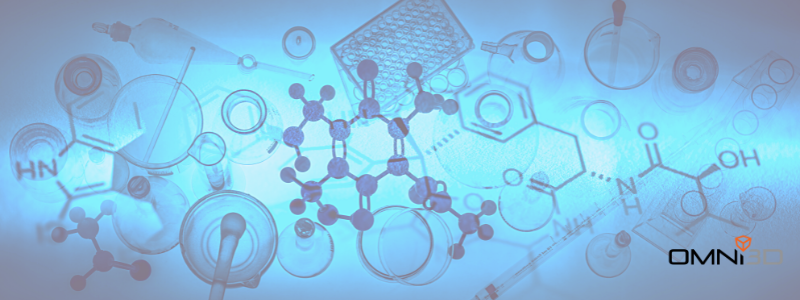BioElectroCathode project – biofuels thanks to 3D printer
BioElectroCathode is an innovative project that aims to apply 3D printing technology to the production of electrochemical bioreactors. Together with Scientists – Omni3D’ team is involved in developing the way to produce cathodes necessary for the bioelectrosynthesis process. The solution is to find a way to convert CO2 from exhaust and the air into biogas that can be used as a fuel. How 3D printing technology from Omni3D can help in production of “the fuels of the future”?
An international, Polish-Cypriot team of scientists in collaboration with Omni3D’s technologists is working over the technology that will help solve the three main problems of today’s energy systems, related to energy storage, grid stability and CO2 emissions.
The BioElectroCathode project is intended to innovate the biocatalysis of bioelectrosynthesis processes by:
- manufacturing new cathodes,
- using 3D printing technology to produce a MEBR reactor that can convert CO2 to methane (CH4) or to ethanol.
The BioElectroCathode Project: what it is about
In the 3D printed bioreactor, optimum conditions are created for the growth of bacteria, which, stimulated by a small electrical charge flowing through the cathode, convert CO2 into methane or ethanol. The energy carrier produced in this way can be stored, distributed and used, for example, as fuel in vehicles:
„Purified biogas is versatile and can be used in the same way as natural gas, including to power vehicles, reports the International Renewable Energy Agency (IRENA) in its report Biogas for road vehicles: Technology brief.”
3D printing in biofuel production
As part of the ongoing project, Omni3D prints electrochemical bioreactors on Factory 2.0 NET printer. 3D printing technology gives us the opportunity to use modern thermoplastic materials and the ability to combine them in the most efficient way.
It also makes the design process easier by free prototyping and testing of successive bioreactor models.

The BioElectroCathode project is carried out in the following partnership:
- Research and Innovation Centre Pro-Akademia (Poland)
- OMNI3D Sp. z o.o. (Poland)
- Cyprus University of Technology (Cyprus)
- ENERES CPM Ltd (Cyprus).


